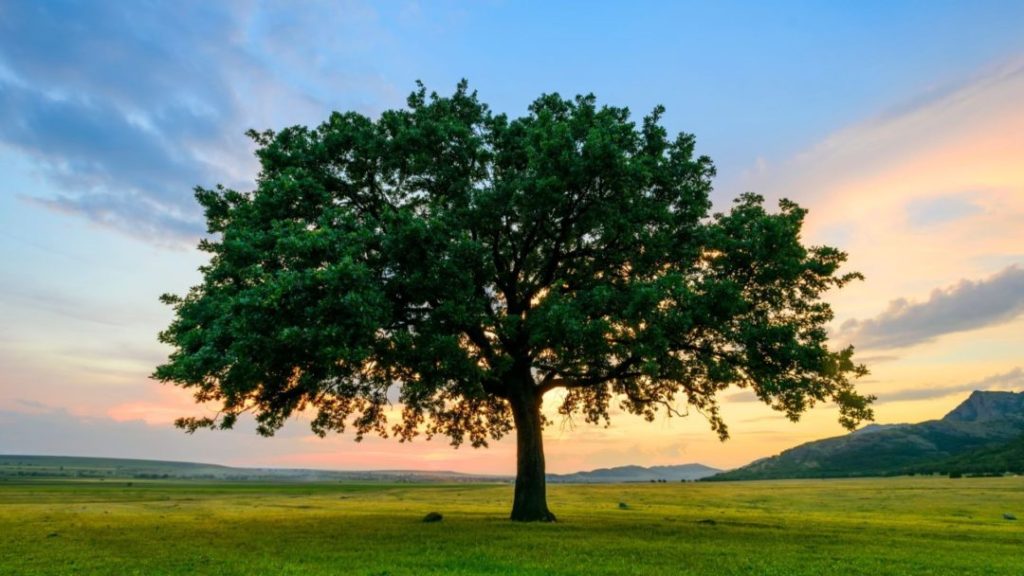Table of Contents
ALL ABOUT TREES
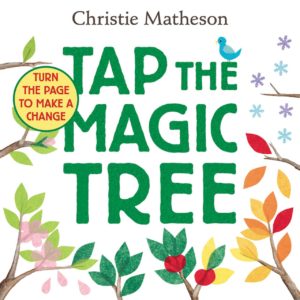 |
Christie Matheson’s Tap the Magic Tree (Greenwillow, 2013) is a fun interactive read in which kids are first told to tap a picture of a bare brown tree and turn the page – and a green leaf appears. Readers tap, pat, rub, “blow a whooshing breeze,” shake, and close their eyes and count to ten and, as they do, the tree moves through the seasons, hosting a bird nest, sprouting flowers and ripening apples, until apples and leaves fall, and the bare tree is covered in snow. For ages 3-6. |
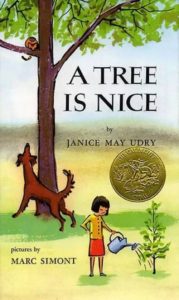 |
Janice May Urdry’s Caldecott-winning A Tree is Nice (HarperCollins, 1987) is a gentle picture-book account of all the wonderful things about trees – they fill up the sky, provide shade from the sun, houses for birds, and escape routes for cats. Kids can rake their leaves, climb them, swing from their branches, picnic at their feet. A charmer for ages 3-8. |
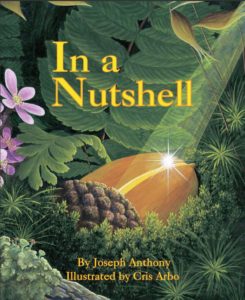 |
Joseph Anthony’s In a Nutshell (Dawn Publications, 1999) follows the life cycle of an oak tree, beginning with the fall of one plump little acorn, who lands on the forest floor and begins its struggle to get back to the sun. For ages 3-8. |
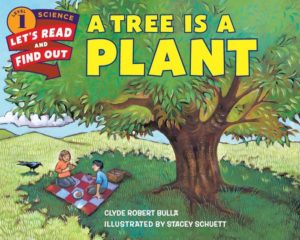 |
By Clyde Robert Bulla, A Tree Is a Plant (HarperCollins, 2001) in the Let’s-Read-and-Find-Out Science series is a simple introduction to trees (“the biggest plant that grows”) for ages 4-7. |
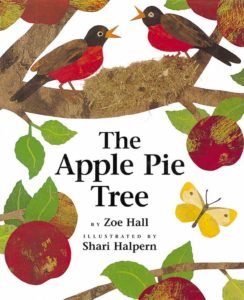 |
In Zoe Hall’s The Apple Pie Tree (Blue Sky Press, 1996) two little girls watch their backyard apple tree through the seasons of the year, from leafless winter to the buds and blossoms of spring when robins arrive to build a nest, to ripening fruit in summer – and finally, in fall, harvest and an apple pie. For ages 4-7. |
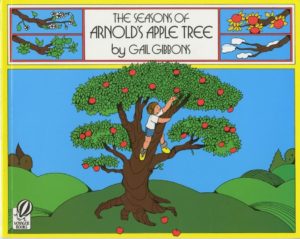 |
In Gail Gibbons’s The Seasons of Arnold’s Apple Tree (Sandpiper, 1998), the apple tree is Arnold’s special secret place. He builds a snow fort around it and hangs strings of popcorn on its branches for the birds in winter; in spring, he builds a swing; in summer, a treehouse; and in the fall he rakes leaves and picks apples. Included is a recipe for apple pie and an explanation of cider-making. For ages 4-7. |
| Also see Apples. | |
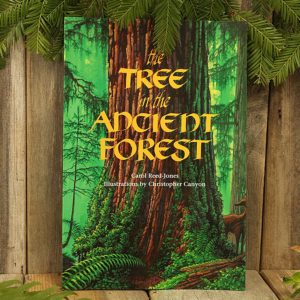 |
Carol Reed-Jones’s The Tree in the Ancient Forest (Dawn Publications, 1995) is a cumulative environmental rhyme in the style of “This is the House That Jack Built,” that draws in all plants, animals, and features of the ancient forest. For ages 4-8. |
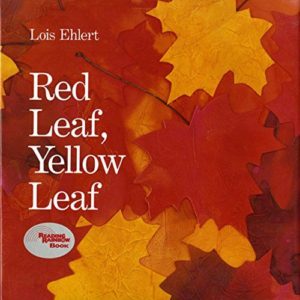 |
Lois Ehlert’s Red Leaf, Yellow Leaf (Houghton Mifflin Harcourt, 1991) is the simple story of a sugar maple from seed to sapling to tree, illustrated with colorful collages that incorporate real maples leaves and seeds. Included are instructions for planting a tree and making bird treats. For ages 4-8. |
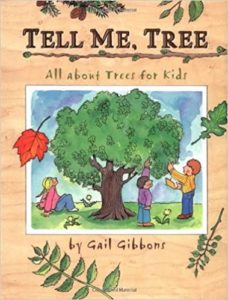 |
Gail Gibbon’s Tell Me, Tree is a brightly illustrated introduction to trees covering the parts of trees, types of trees, tree shapes, seeds, bark, and fruit, and uses of trees. Included are attractive labeled diagrams, lots of tree facts, and helpful suggestions for making a personal tree identification book. For ages 4-8. |
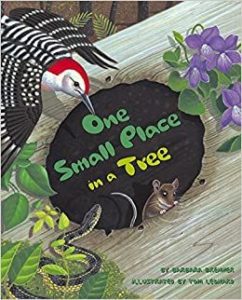 |
In Barbara Brenner’s One Small Place in a Tree (HarperCollins, 2004), the “small place” is a hole in a tree, first scratched out by a bear, then hollowed by timber beetles. As the hole grows larger, it hosts animal after animal – salamanders, white-footed mice, bluebirds, squirrels, and snakes. For ages 4-8, who will then want to go look for holes in trees. |
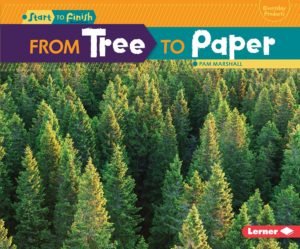 |
Pam Marshall’s From Tree to Paper (Lerner Classroom, 2013), one of the extensive Start to Finish series, describes the process of papermaking in simple large print, illustrated with color photographs. For ages 4-8. |
| Paper Making Science Project has detailed instructions for making your own recycled paper. (You start with paper scraps, not a tree.) | |
| Also see How to make and recycle paper from the Instructables website. | |
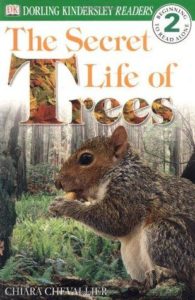 |
Chiara Chevalier’s 48-page The Secret Life of Trees (Dorling Kindersley, 1999) is an informative read for beginners, illustrated with terrific color photographs and interesting facts in boxes. Did you know that when you look at a tree, you only see half of it? (The rest is underground.) For ages 5-7. |
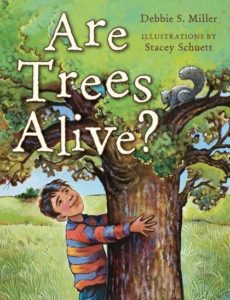 |
Debbie Miller’s Are Trees Alive? (Walker Children’s Books, 2003) – inspired by a question asked by her young daughter – explains how trees are remarkably like people: they breathe, eat, and drink; the veins in their leaves are much like those in people’s hands; and their bark is the equivalent of skin. The book also takes readers on a tour of unusual trees around the world, among them the baobab, banyan, cocoa tree, weeping willow, paper birch, and sugar maple. For ages 5-8. |
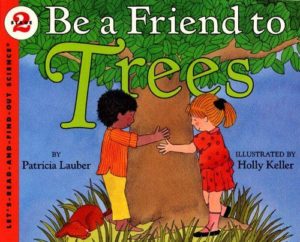 |
Patricia Lauber’s Be a Friend to Trees (HarperCollins, 1994) in the Let’s-Read-and-Find-Out Science series explains why trees are important, providing food (fruit, nuts, chocolate), shelter, homes for animals, and – by way of photosynthesis – oxygen, which we all need to breathe. Associated activities include planting a tree and recycling paper. For ages 5-8. |
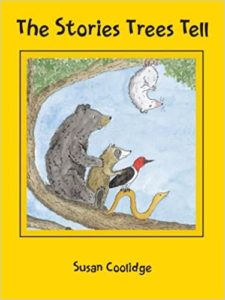 |
In Susan Coolidge’s The Stories Trees Tell (Banjo Dog Press, 2008), five animal pals (Bear, Raccoon, Possum, Snake, and Woodpecker) come up with imaginative explanations for why trees are the way they are. “Meet my friend Chestnut Tree. Look at how her trunk splits and grows sideways. What could have happened to her?” While the five friends come up with their own imaginative explanations, multiple margin notes and photographs tell the actual facts about trees. Included are 15 pages of creative tree-based activities. For ages 5-9. |
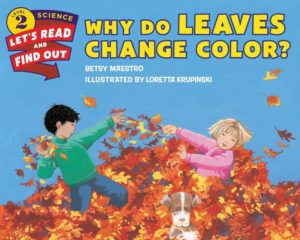 |
In Betsy Maestro’s Why Do Leaves Change Color? (HarperCollins, 1994) in the Let’s-Read-and-Find-Out Science series, readers learn about the many different shapes of leaves (How many can you find?) and the process of fall color change, starting with chlorophyll and a cross-sectional diagram of a leaf. Included are instructions for making leaf rubbings and a pressed leaf collection. For ages 5-9. |
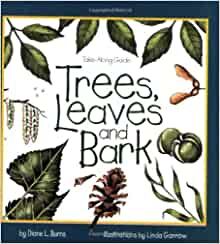 |
Diane Burns’s Trees, Leaves, and Bark (Cooper Square Publishing, 1995) is one of the “Take Along Guides” for young naturalists. The book introduces kids to 16 different trees and suggests a handful of activities: make a pinecone “snackbar” for birds and a bark rubbing, for example. For ages 5-10. |
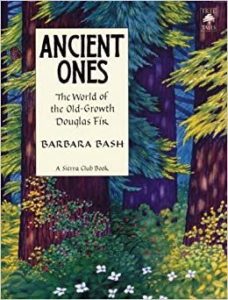 |
Barbara Bash’s Tree Tales series (Sierra Club Books for Children) includes Ancient Ones: The World of the Old-Growth Douglas Fir, Tree of Life: The World of the African Baobab, and In the Heart of the Village: The World of the Indian Banyan Tree. In each, a combination of evocative prose and gorgeous watercolor paintings combine to tell the story of the tree and its surroundings. Readers learn, for example, that the Douglas fir is one of the largest living things on earth, taller than a twenty-story building, and that some live to be a thousand years old. For ages 6-10. |
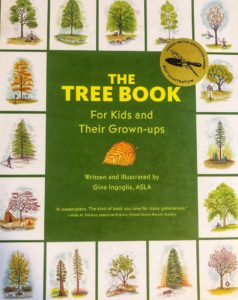 |
Gina Ingoglia’s The Tree Book for Kids and Their Grownups (Brooklyn Botanic Garden, 2013) first covers trees in general – why trees are important, why leaves change color, the process of photosynthesis – and then describes 33 different trees, each in a double-page spread. For each, readers learn about the tree’s anatomy and features, such as leaves, flowers, seeds, fruit, and bark, as well as assorted cool facts. (Ground-up horse chestnuts make great library paste.) For all ages. |
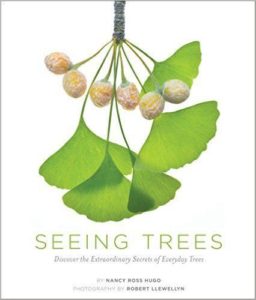 |
Nancy Ross Hugo’s 200+-page Seeing Trees (Timber Press, 2011) is a guide to viewing – that is, really looking at – trees, concentrating on ten common varieties. Lavishly illustrated with fascinating color photographs showing a wealth of unexpected close-up details. Intended for adults, but the pictures are so intriguing that the book can be enjoyed by all ages. |
| From Cornell, Know Your Trees is a free downloadable tree identification key. | |
| From the New York Times, Olivia Judson’s Tree-mendous is a great essay on the meaning and importance of trees. | |
| At Forestry Focus, learn about Sacred and Magical Trees. | |
| Find out How Trees Affect the Weather with clear explanations, colorful diagrams, and a tree image gallery. Also included are lists of related links and sources. | |
| Gold in Trees May Hint at Buried Treasure. Really! Read all about it. | |
| How do trees respond to drought? They call for help. Literally. From National Geographic, read about it here. | |
| From Kidzone, Trees has basic information about trees, along with printable activities and worksheets. | |
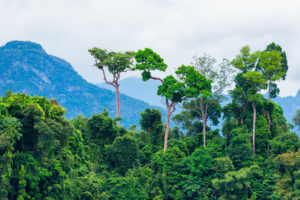 |
What’s in the Amazon rain forest? Nearly 400 billion trees belonging to 16,000 different species, according to a new estimate. Read about it here. |
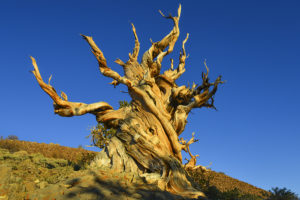 |
The Oldest Trees on the Planet is an annotated photo gallery – among them the incredible 4765-year-old California Methuselah tree. |
| Join the TreeSnap citizen science project and help the trees! You’ll need a love of trees and a smartphone. |
